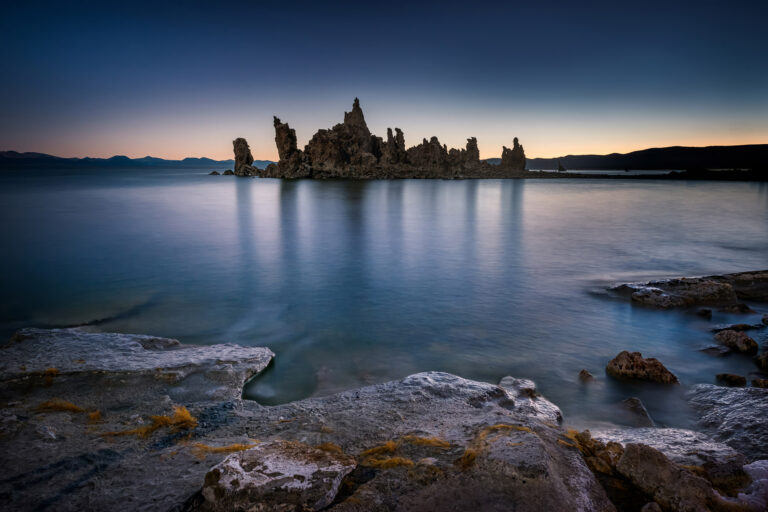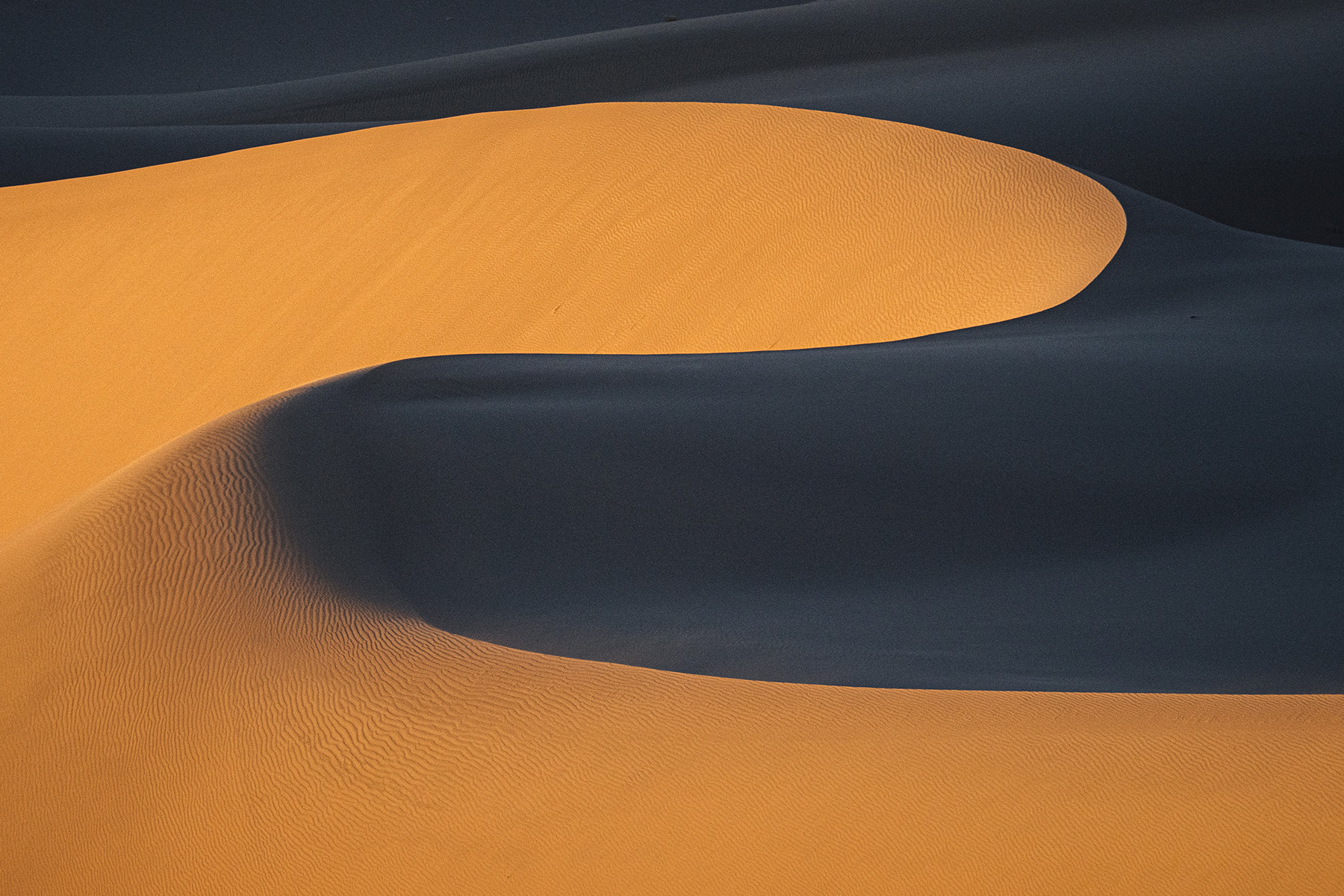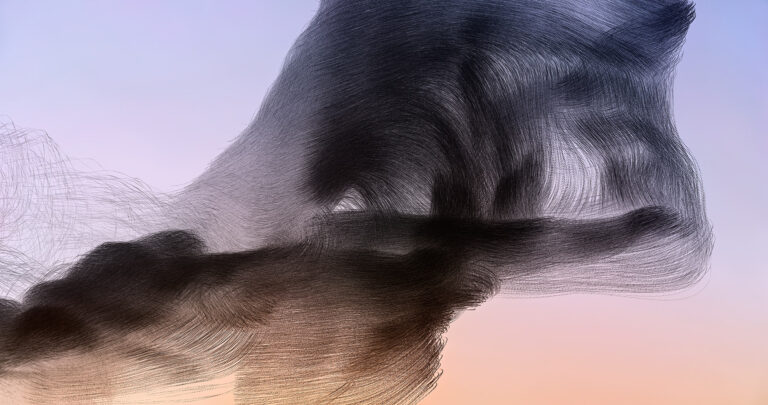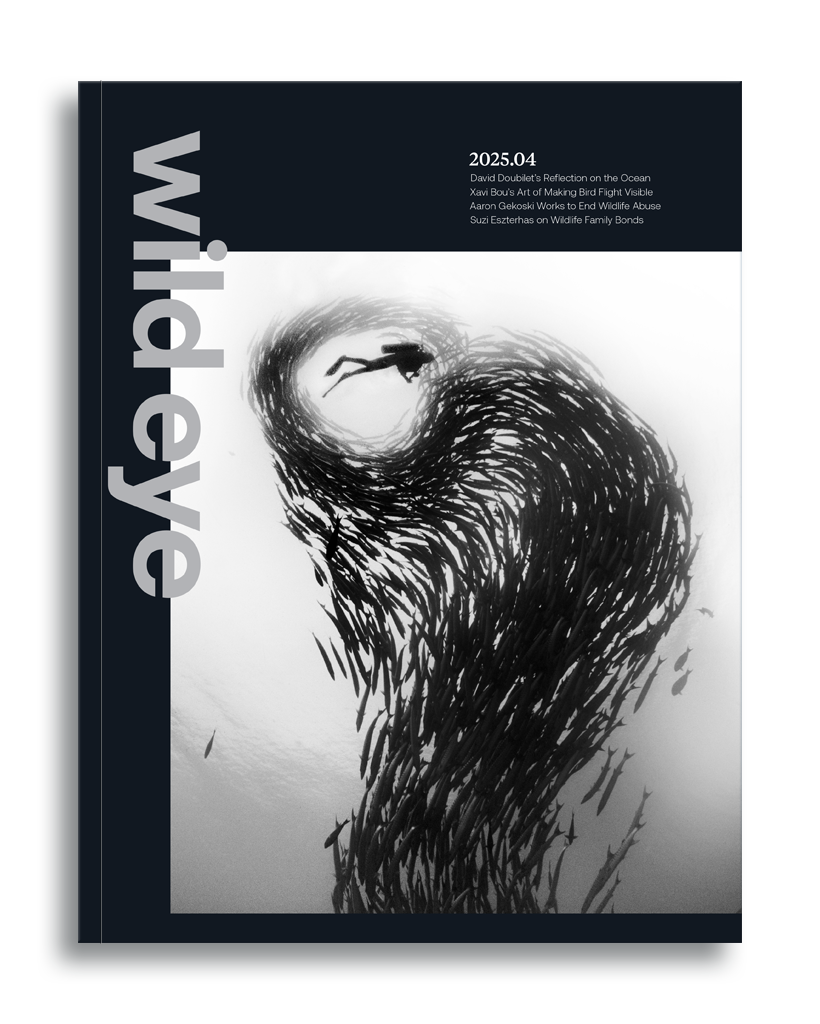
Using Adobe Lightroom to Enhance Landscapes
I was editing a coastal landscape recently, one of those tricky ones where I needed to mask off the sky from the rest of the landscape, but masking is quite challenging in Lightroom compared to Photoshop. Lightroom is notorious for generating halos or other kinds of digital artifacts when using its masking tools. However, this time, I reached for Lightroom’s new “Select Landscape” mask, expecting another questionable result.





